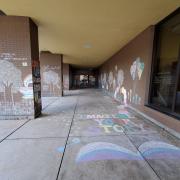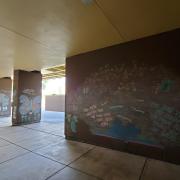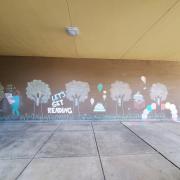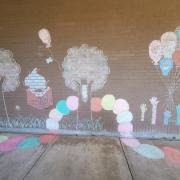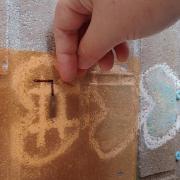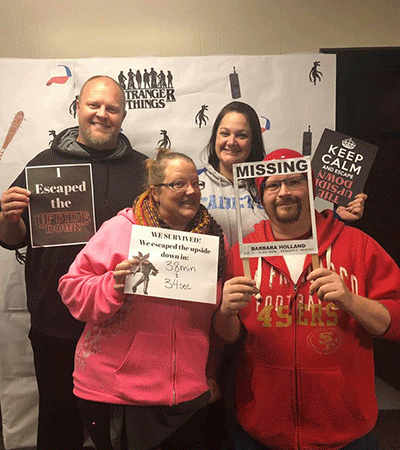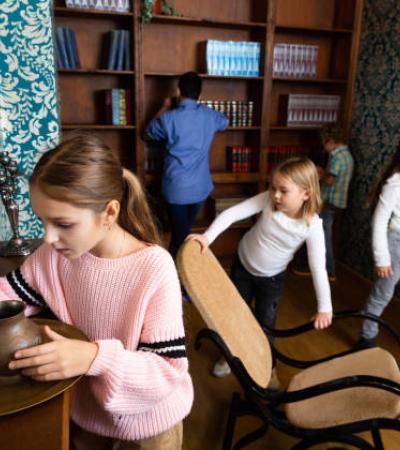For the past year our library has had a great deal of success with our escape rooms and have planned to continue adding new ones. As the pandemic threatened to bring these events to screeching halt, I knew there had to be a way to build a new escape room and still keep it within the COVID guidelines.
Our newest escape room was designed to be entirely quarantine-friendly. The space was built outdoors with sidewalk chalk and uses disposable game pieces and an online form in place of the props and locks you would find in a typical escape room. By designing it this way, there is virtually no risk of contamination and no need to sanitize items between uses.
Advanced Planning
We started with the theme, which was the same as our summer reading program's theme — Imagine Your Story. The end result encourages the idea that this isn't the story we would have imagined, but much like the caterpillar in the cocoon, we too can emerge stronger and better than ever.
With this strong theme and positive message, we faced the task of creating the actual game. We had to find a way to incorporate puzzles, clues and locks in way that would meet CDC guidelines and ensure the safety and well-being of our patrons. With the help of two artist coworkers, we were able to put the whole thing escape room together in about a month.
As you can imagine, we were met with unexpected challenges every step of the way. I think our biggest challenge was designing a form in a way that would provide everything the patrons needed so there would be no need for the space to be staffed.
The only things the patrons need to touch are a few simple game pieces and their own phone.
Marketing
Marketing was a little challenging because many of our online posts were buried under numerous COVID-related updates. We found that most of our patrons heard about the program through word of mouth. Then, a few weeks into the program, a local radio station starting including it in their community events announcements.
Budgeting
With all of our escape rooms, we try to use things we have on hand. For this one, we were lucky enough to have plenty of sidewalk chalk for designing the space and most of the things we needed to make the game pieces.
Our only expense were the transparent file dividers we bought from the dollar store. By cutting them into fourths we were able to make 20 sets of game pieces for about $5.
Day-of-event Activity
This is on ongoing program that requires no staffing at all. Teams sign up for an available time slot and are then emailed an interactive form.
When the team arrives at the library, they are given a set of game pieces that are theirs to keep. They are then brought to the escape room where they will open the interactive form to get instructions and hints for solving the clues.
Program Execution
The goal of this escape room is for participants to figure out how the game pieces interact with the drawings in the space to spell out a word. Once they've solved the clues and figured out the word, they enter the word into the online form to see if they've got the right answer. By using this "password" method, we've eliminated the need for physical locks.
The interactive form provides all the information the team needs, so they can enjoy the space on their own without any staff involvement (although we do keep an eye on their safety through our security cameras and several large windows). And since they keep the game pieces when they're done, we've eliminated the concerns that would come with sharing the pieces with other teams.
We even came up with a craft project that uses the game pieces to make a butterfly, giving our patrons an additional activity and an added incentive to take their game pieces with them when they're done.
Advice
This is a unique type of program that requires a lot of thinking outside the box. Our escape rooms have all been designed by a part-time assistant who happens to have a talent for this sort of thing.
The advice I have as we navigate this pandemic and look for new ways of serving our communities is to get to know your entire staff and be open to everyone's ideas and skill sets. Start with the goal and work backwards. I started with the lock (in this case, the password for the online form) and worked with what I had to develop puzzles and clues that would lead to the solution.

